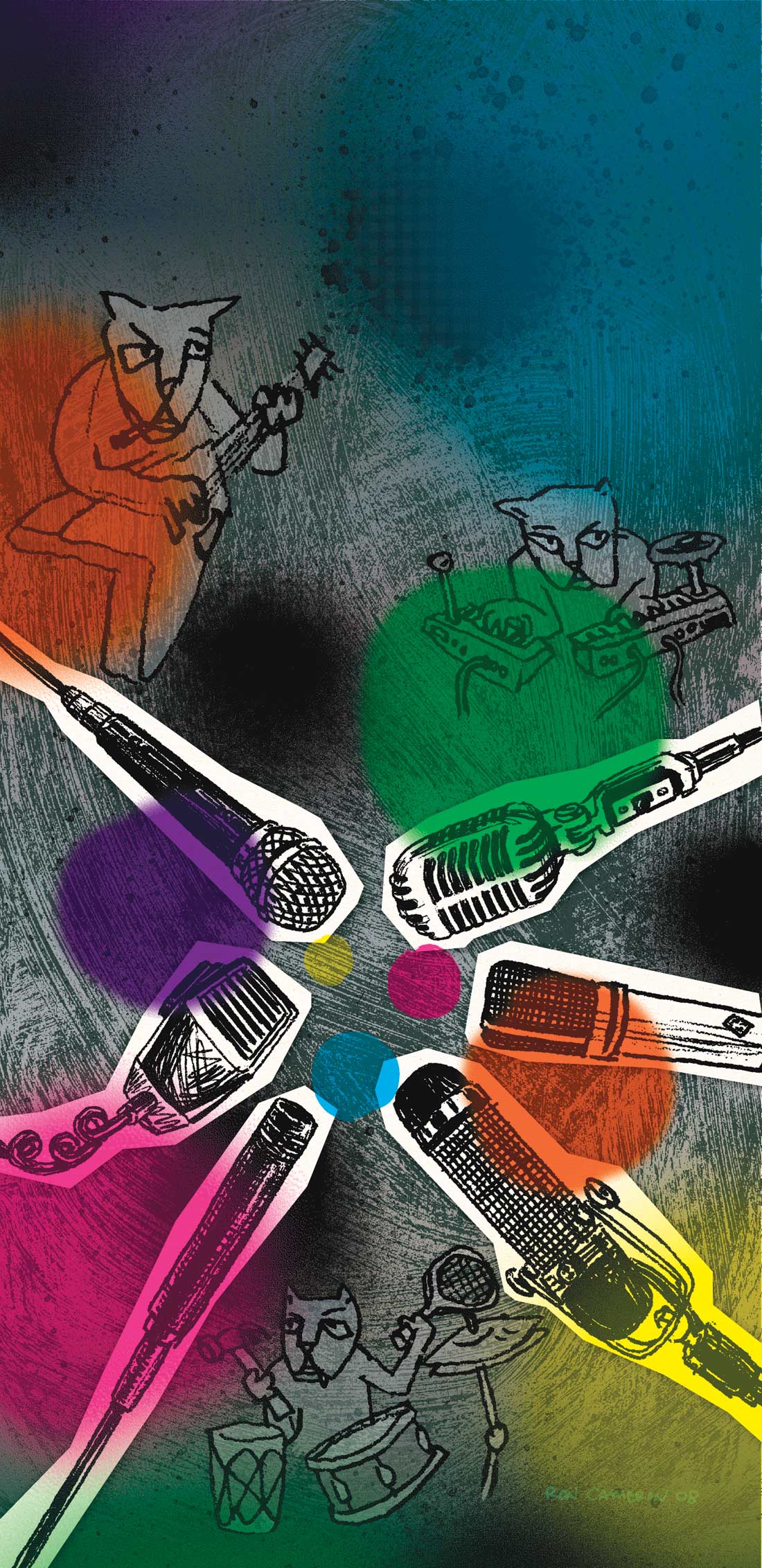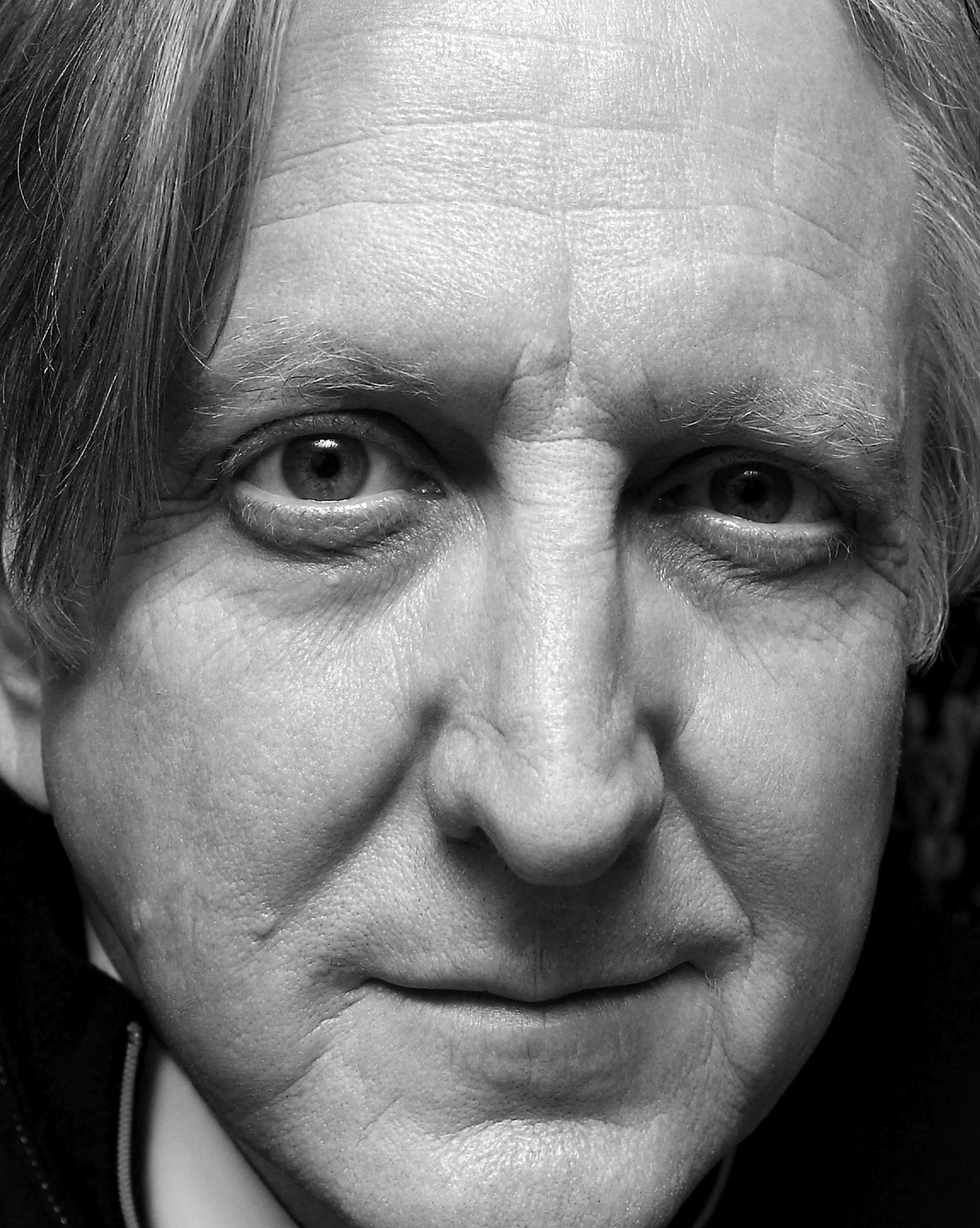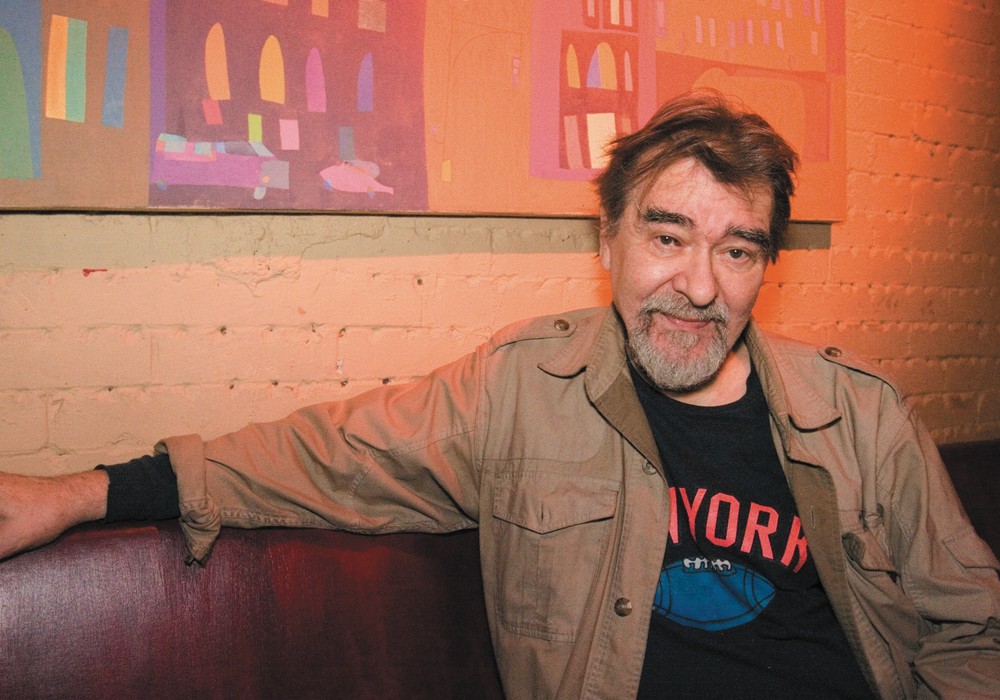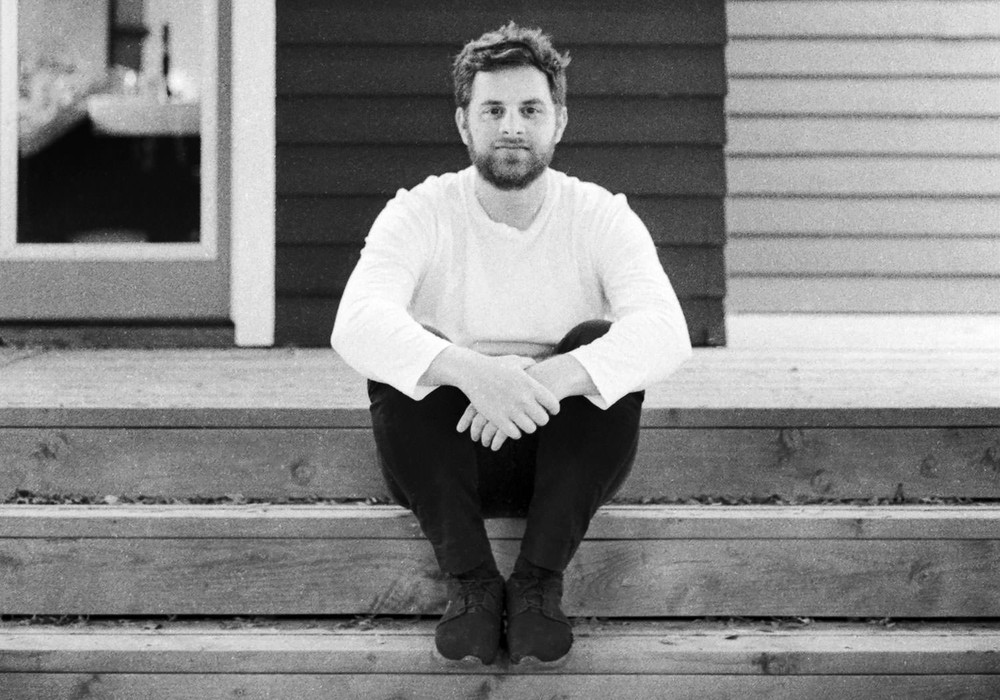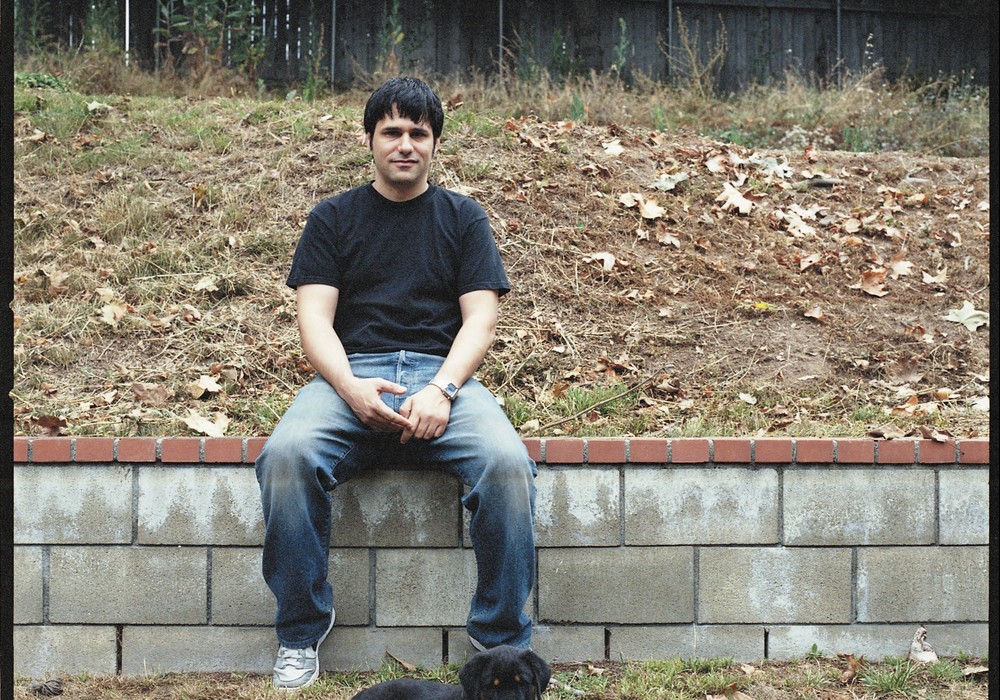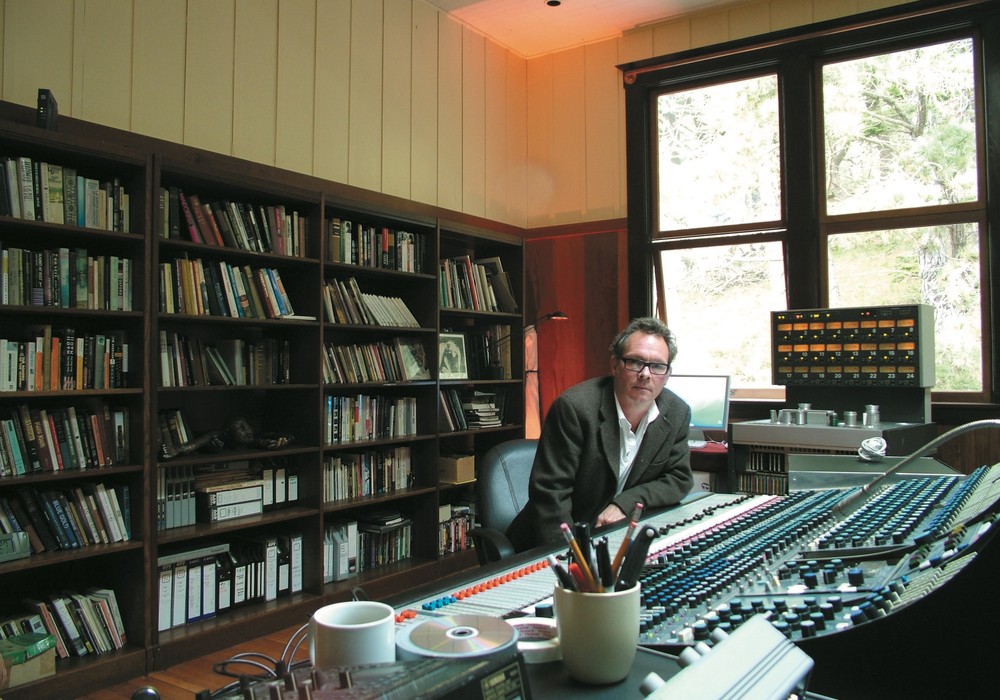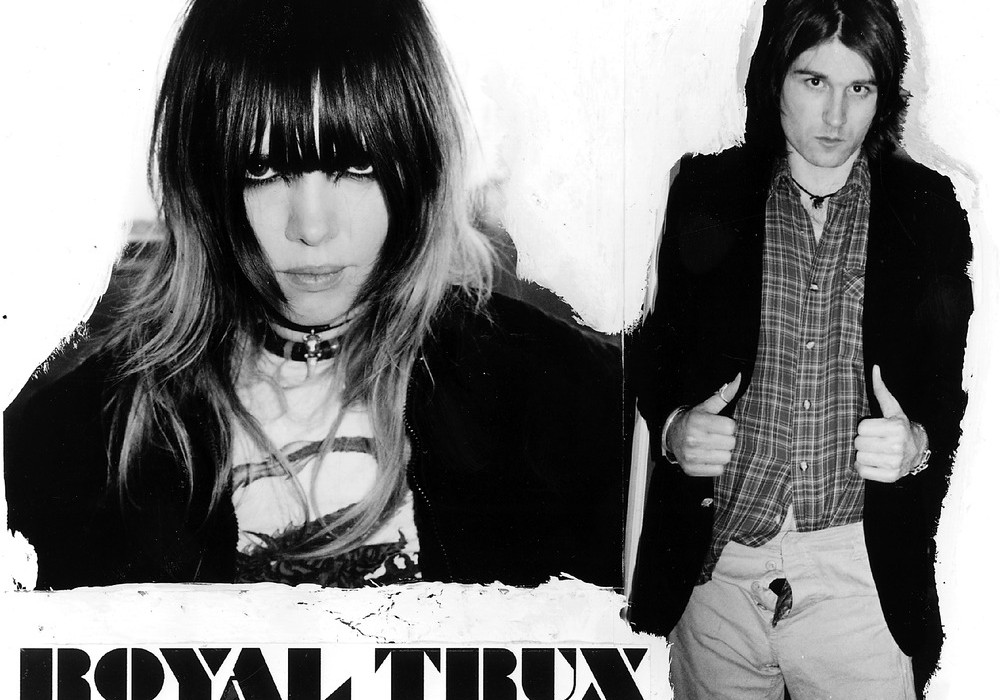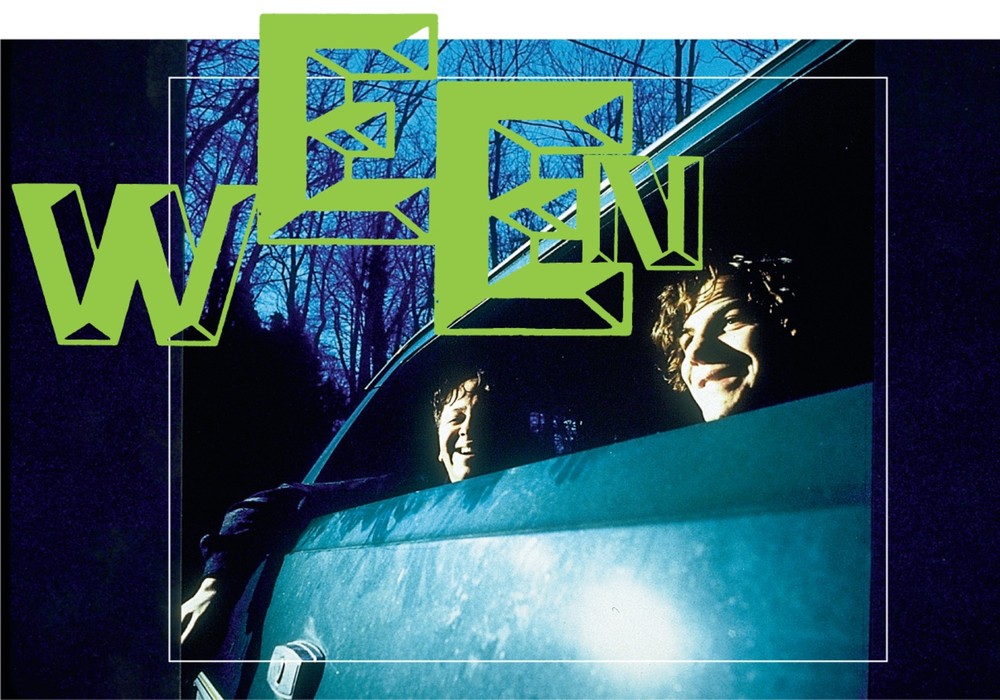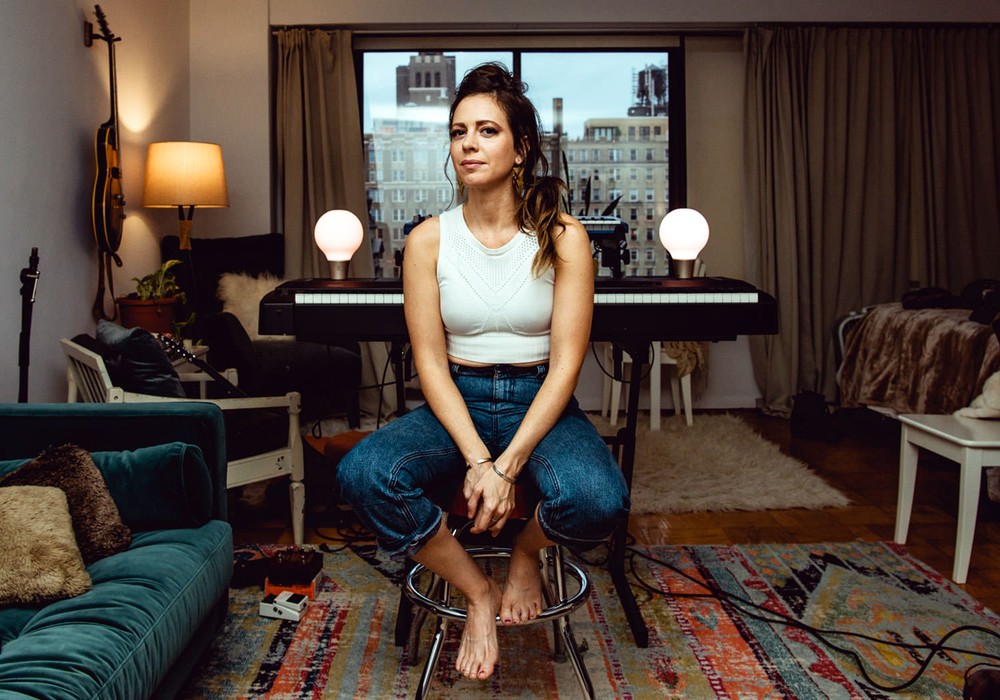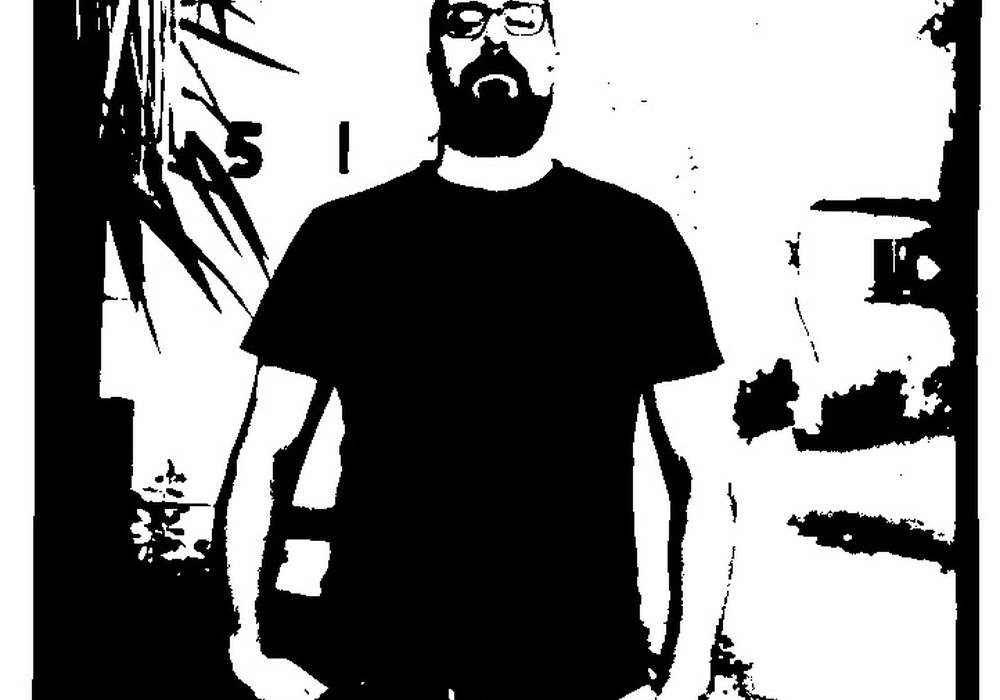I was told this interview would never happen. Apparently T Bone is a busy man, producing records, overseeing film soundtracks, recording solo albums and touring the world. Burnett has been involved with music for over 40 years, and producing records seems to be something he naturally gravitated towards. Artists like Los Lobos, Elvis Costello, Gillian Welch, Sam Phillips, Counting Crows, Bruce Cockburn, the Wallflowers, Marshall Crenshaw, Cassandra Wilson, Ralph Stanley, Roy Orbison, Tony Bennett, k.d. lang and even Spinal Tap have created some of their best work under his guidance. Movies like O Brother, Where Art Thou? and Walk the Line have benefited from his music choices and production. As if this isn't enough, he's determined to make the record business an artist-friendly one with the creation of XOE, pronounced "code", a music delivery service that releases albums as 24/96 k files on DVD with several other playback formats included. T Bone's new solo album, Tooth of Crime, was recently released and makes for an intense listen. Yes, a busy man. Luckily this interview did happen when I caught T Bone in New York City. He was kind enough to take time out from playing guitar and directing the band on the Raising Sand tour — the stellar album he produced for Alison Krauss and Robert Plant in 2007. This is one of my most favorite interviews I've been involved in, and I'm happy to share it with everyone.
You were talking about how you and your engineer, Mike Piersante, check out equipment. Or how he does. How does that impact your process of making records?
Well, I don't really like recordings, you know. And I don't particularly like processing. What I really like is hearing a musician play in a room, or a group of musicians play in a room. That's what I fell in love with first. When I was a kid, about 14 or 15, I started going to the Skyliner Ballroom in Fort Worth, Texas. It was owned by Jack Ruby. I saw The Band when I was a kid and they talk about it [the venue] in the movie, The Last Waltz. It was the most beautiful sounding room. The music I heard in that room had a profound effect on me. And years later, Daryl Leonard, a friend of mine whom I've worked with since the mid-1960's, brought over a recording we had done in '65 or '67. We put it on and it sounds exactly like what I am doing today. It started me thinking. I remembered that Ike and Tina Turner had played a show at the Skyliner Ballroom in the mid- 1960s. They had recorded it and I wondered if I could buy that record. I went online and I got the record and I put it on. It too sounded like everything I've done my whole life and I realized that everything I've been trying to do from the beginning was to recreate this excitement of sound that I heard from the Skyliner Ballroom from when I was a kid. I love recording but I don't usually love recordings. I hardly ever say, "Wow! That's a great recording." I say, "That's an incredible song or incredible piece of music." But the times I do feel that it's been a great recording is where I find a real sense of place. I find the most important part of the listening experience is the sense of place. Mike Piersante, Emile Kelman, Jason Wormer, Gavin Lurssen and Lisa Surber are my team. We stay very much on top of all the technological developments in recording so we never hear the recording. [laughter] I cannot stand processing. I love the sound of an instrument bouncing off a wall and into a room when you hear that pure, deep sound.
Your recordings always seem to bring in the feel of a space. Obviously it's a conscious thing trying to replicate some of that, I assume.
Yeah, I think we've gotten pretty good at it at this point. Mikey and I have been working together for ten years solid. All those guys have learned to hear with my ears, essentially. Everyone who's in the room affects the listening experience a little bit. The music can only sound as good as the worst listener in the audience. They break down the curve. [laughter] We use very few microphones, we don't close-mic anything. We use no transistors. Surfaces are everything in recording; we only hear by reflected sound. The surfaces of the room are crucial. I made a record I really loved a few years ago with Freedy Johnston in Studio A at Village Recorders. He was standing right in the middle of the room with a [Neumann] U47 microphone and Jim Keltner was just to the left of him playing drums. His band was circled around the room. We started mixing it and I couldn't get anything right. Usually when I mix, the first thing I do is put up the vocal, so I just stripped it back down and put up the vocal. I realized, "Oh, there's the mix right there! That's it." So, the whole album is mixed off the vocal mic. That's happened to me on a number of occasions. One of my favorite recordings is the song, "Pass You By" by Gillian Welch on one of her records [Revival]. Roy Husky Jr. was playing bass. He was standing probably about five-feet behind her with a screen behind him, in this big wooden room. A huge room. She was playing electric guitar, but her guitar amp was in an isolation booth. We...
